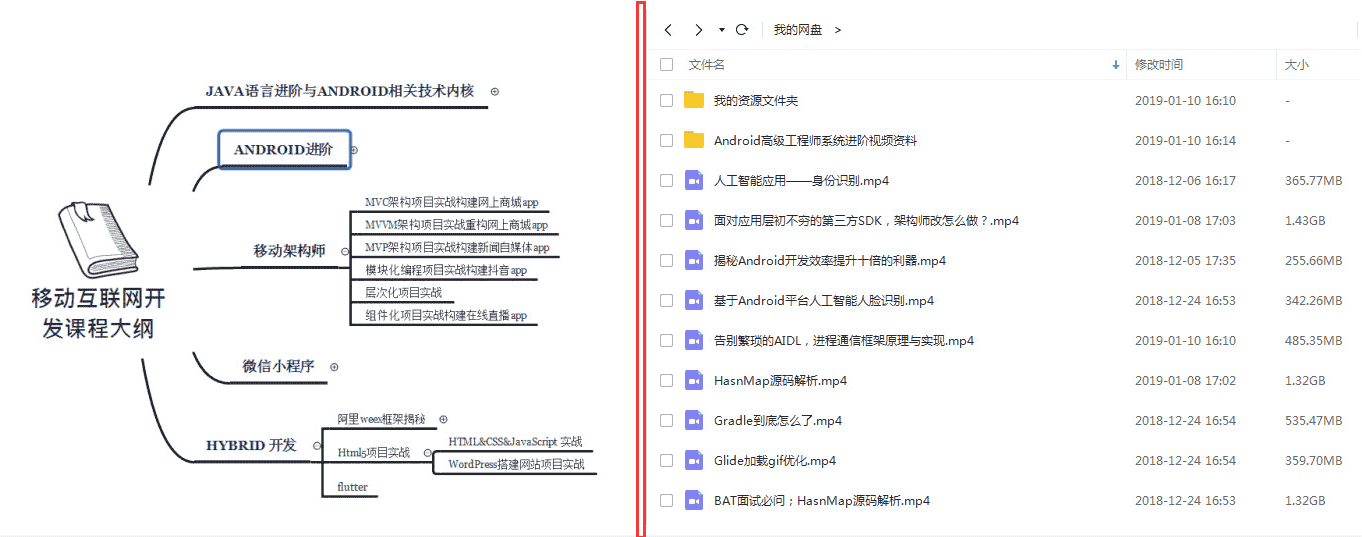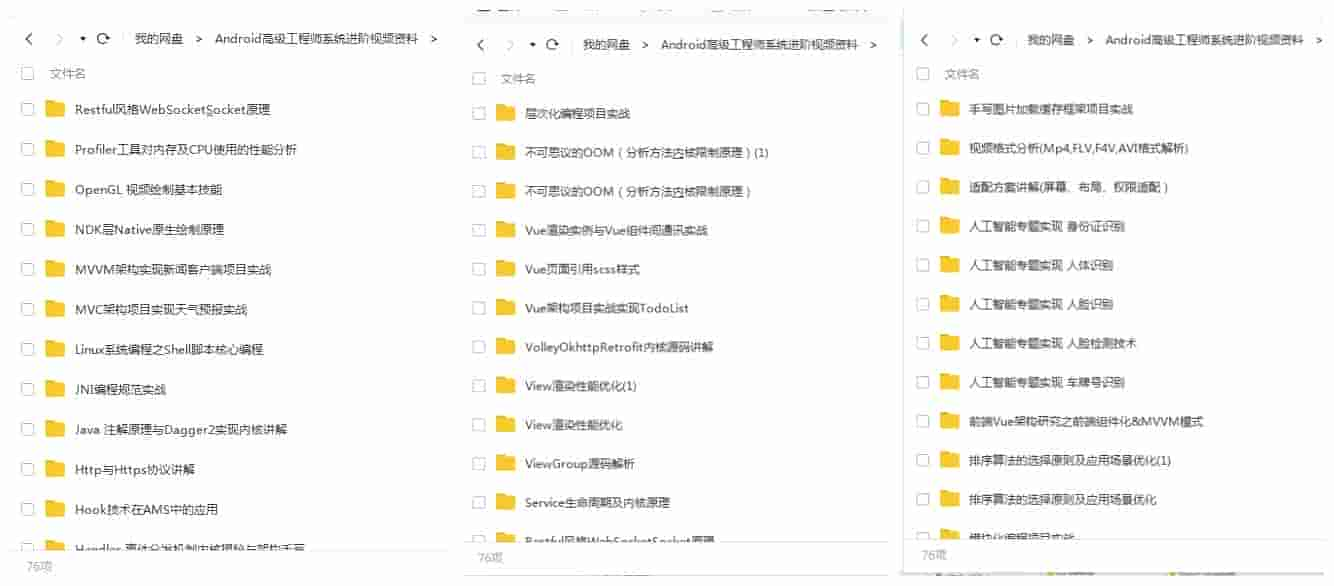分类
商品
- 商品
- 店铺
- 资讯
满足下面的一种情况系统就会弹出 ANR 提醒
输入事件(按键和触摸事件) 5s 内没被解决;
BroadcastReceiver 的事件 ( onRecieve() 方法) 在规定时间内没解决完 (前端广播为 10s,后端广播为 60s);
Service 前端 20s 后端 200s 未完成启动;
ContentProvider 的 publish() 在 10s 内没进行完。
通常情况下就是主线程被阻塞造成的。
以输入无响应的过程为例(基于 9.0 代码):
最终弹出 ANR 对话框的位置是与 AMS 同目录的类 AppErrors 的 handleShowAnrUi() 方法。这个类用来解决程序中出现的各种错误,不只 ANR,强行 Crash 也在这个类中解决。
// base/core/java/com/android/server/am/AppErrors.java void handleShowAnrUi(Message msg) { Dialog dialogToShow = null; synchronized (mService) { AppNotRespondingDialog.Data data = (AppNotRespondingDialog.Data) msg.obj; // ... Intent intent = new Intent("android.intent.action.ANR"); if (!mService.mProcessesReady) { intent.addFlags(Intent.FLAG_RECEIVER_REGISTERED_ONLY | Intent.FLAG_RECEIVER_FOREGROUND); } mService.broadcastIntentLocked(null, null, intent, null, null, 0, null, null, null, AppOpsManager.OP_NONE, null, false, false, MY_PID, Process.SYSTEM_UID, 0 /* TODO: Verify */); boolean showBackground = Settings.Secure.getInt(mContext.getContentResolver(), Settings.Secure.ANR_SHOW_BACKGROUND, 0) != 0; if (mService.canShowErrorDialogs() || showBackground) { dialogToShow = new AppNotRespondingDialog(mService, mContext, data); proc.anrDialog = dialogToShow; } else { MetricsLogger.action(mContext, MetricsProto.MetricsEvent.ACTION_APP_ANR, AppNotRespondingDialog.CANT_SHOW); // Just kill the app if there is no dialog to be shown. mService.killAppAtUsersRequest(proc, null); } } // If we've created a crash dialog, show it without the lock held if (dialogToShow != null) { dialogToShow.show(); } }不过从发生 ANR 的地方调用到这里要经过很多的类和方法。最初抛出 ANR 是在 InputDispatcher.cpp 中。我们可以通过其中定义的常量来寻觅最初触发的位置:
// native/services/inputflinger/InputDispatcher.cppconstexpr nsecs_t DEFAULT_INPUT_DISPATCHING_TIMEOUT = 5000 * 1000000LL; // 5 sec从这个类触发的位置会经过层层传递达到 InputManagerService 中
// base/services/core/java/com/android/server/input/InputManagerService.javaprivate long notifyANR(InputApplicationHandle inputApplicationHandle, InputWindowHandle inputWindowHandle, String reason) { return mWindowManagerCallbacks.notifyANR( inputApplicationHandle, inputWindowHandle, reason);}这里的 mWindowManagerCallbacks 就是 InputMonitor :
// base/services/core/java/com/android/server/wm/InputMonitor.javapublic long notifyANR(InputApplicationHandle inputApplicationHandle, InputWindowHandle inputWindowHandle, String reason) { // ... 略 if (appWindowToken != null && appWindowToken.appToken != null) { final AppWindowContainerController controller = appWindowToken.getController(); final boolean abort = controller != null && controller.keyDispatchingTimedOut(reason, (windowState != null) ? windowState.mSession.mPid : -1); if (!abort) { return appWindowToken.mInputDispatchingTimeoutNanos; } } else if (windowState != null) { try { // 使用 AMS 的方法 long timeout = ActivityManager.getService().inputDispatchingTimedOut( windowState.mSession.mPid, aboveSystem, reason); if (timeout >= 0) { return timeout * 1000000L; // nanoseconds } } catch (RemoteException ex) { } } return 0; // abort dispatching}而后回在上述方法调用 AMS 的 inputDispatchingTimedOut() 方法继续解决,并最终在 inputDispatchingTimedOut() 方法中将事件传递给 AppErrors
// base/services/core/java/com/android/server/am/ActivityManagerService.javapublic boolean inputDispatchingTimedOut(final ProcessRecord proc, final ActivityRecord activity, final ActivityRecord parent, final boolean aboveSystem, String reason) { // ... if (proc != null) { synchronized (this) { if (proc.debugging) { return false; } if (proc.instr != null) { Bundle info = new Bundle(); info.putString("shortMsg", "keyDispatchingTimedOut"); info.putString("longMsg", annotation); finishInstrumentationLocked(proc, Activity.RESULT_CANCELED, info); return true; } } mHandler.post(new Runnable() { @Override public void run() { // 使用 AppErrors 继续解决 mAppErrors.appNotResponding(proc, activity, parent, aboveSystem, annotation); } }); } return true;}当事件传递到了 AppErrors 之后,它会借助 Handler 解决消息也就调用了最初的那个方法并弹出对话框。
参考:《Android ANR原理分析》
上面分析了 ANR 的成因和原理,下面我们分析下如何处理 ANR.
发生 ANR的时候系统会记录 ANR 的信息并将其存储到 /data/anr/traces.txt 文件中(在比较新的系统中会被存储都 /data/anr/anr_* 文件中)。我们可以使用下面的方式来将其导出到电脑中以便对 ANR 产生的起因进行分析:
adb rootadb shell ls /data/anradb pull /data/anr/<filename>在笔者分析 ANR 的时候使用上述指令尝试导出 ANR 日志的时候都出现了 Permission Denied。此时,你可以将手机 Root 之后导出,或者者尝试修改文件的读写权限,或者者在开发者模式中选择将日志导出到 sdcard 之后再从 sdcard 将日志发送到电脑端进行查看
在 AS 中打开 DDMS,或者者到 SDK 安装目录的 tools 目录下面使用 monitor.bat 打开 DDMS。
TraceView 工具的使用可以参考这篇文章:《Android 性能分析之TraceView使用(应用耗时分析)》
这种定位 ANR 的思路是:使用 TraceView 来通过耗时方法调用的信息定位耗时操作的位置。
资料:
项目地址是 Github-ANR-WatchDog
该项目的实现原理:创立一个检测线程,该线程不断往 UI 线程 post 一个任务,而后睡眠固定时间,等该线程又一次起来后检測之前 post 的任务能否运行了,假设任务未被运行,则生成 ANRError,并终止进程。
I/O 阻塞
网络阻塞
多线程死锁
因为响应式编程等导致的方法死循环
因为某个业务逻辑执行的时间太长
 Android高级技术大纲
Android高级技术大纲 系统进阶视频e
系统进阶视频e获取方式;